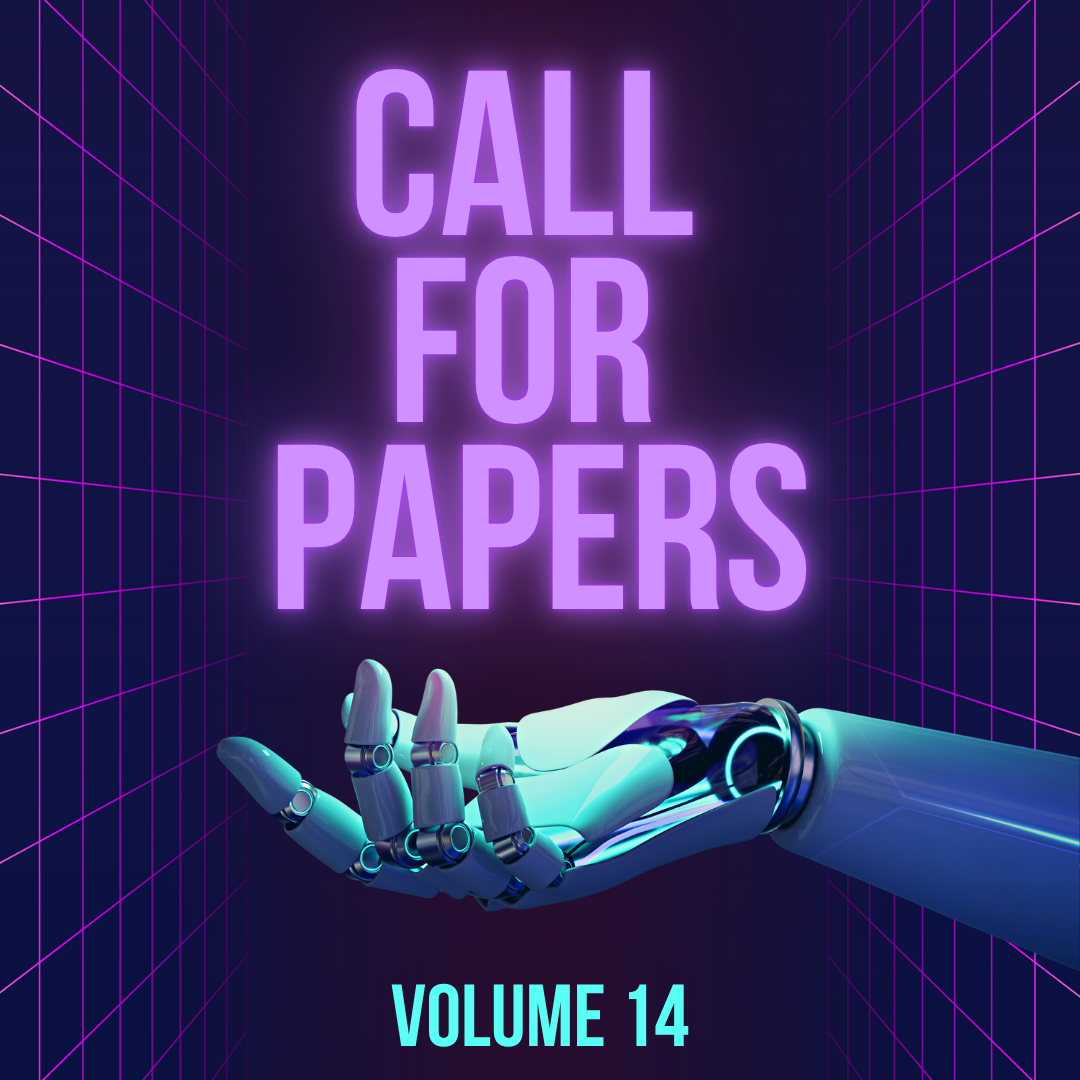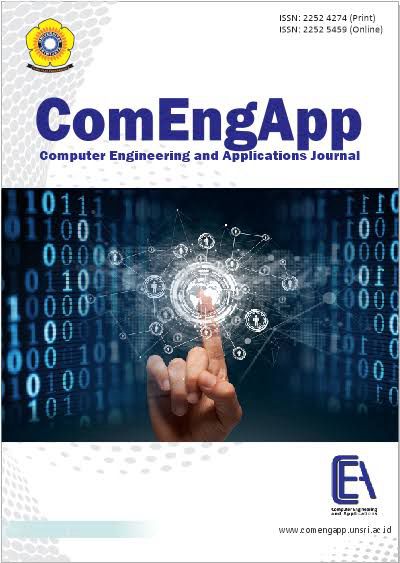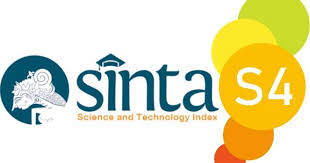
About the Journal
ComEngApp Journal
Editor-in-Chief : Prof. Dr. Ir. Siti Nurmaini
>>> Editorial Board

Computer Engineering and Applications Journal (ComEngApp) is an international forum for scientists and engineers involved in all aspects of computer engineering and technology to publish high quality and refereed papers. This Journal is an open access journal that provides online publication (three times a year) of articles in all areas of the subject in computer engineering and application. ComEngApp Journal wishes to provide good chances for academic and industry professionals to discuss recent progress in various areas of computer science and computer engineering.
Submit your manuscripts today!
The ComEngApp Journal is published in February, June, and October
Focus and Scope
ComEngApp focuses on publishing original research articles, review papers, and case studies in various areas of computer engineering and applications. The journal aims to provide a forum for the exchange of innovative ideas and developments in the field.
The journal welcomes contributions in, but not limited to, the following areas:
- Artificial Intelligence and Machine Learning: Including deep learning, neural networks, and intelligent systems.
- Computer Networks and Security: Encompassing network protocols, cybersecurity, and information assurance.
- Embedded Systems and Robotics: Covering microcontroller applications, automation, and robotic systems.
- Software Engineering: Focusing on software development methodologies, testing, and maintenance.
- Data Science and Big Data Analytics: Addressing data mining, statistical analysis, and data visualization.
- Internet of Things (IoT): Exploring sensor networks, smart devices, and IoT architectures.
- Cloud Computing: Discussing cloud infrastructure, services, and deployment models.
Human-Computer Interaction: Investigating user interface design, usability, and user experience
Peer Review Process
The practice of peer review is applied to ensure that excellent research is published. It is an objective process at the heart of high-quality scholarly publishing and is carried out by all reputable scientific journals. Our referees therefore play a vital role in maintaining the high standards of the Computer Engineering and Applications Journal and all manuscripts are peer reviewed following the procedures.
Initial manuscript evaluation
Firstly, the editors evaluate all manuscripts. The rejected manuscripts in this stage have insufficiently originality, serious scientific flaws, poor grammar, or are out of the aims and scope of the journal.
Type of Peer Review
This journal employs a double-blind review process, where the referee remains anonymous throughout the process.
Reviewers selection
Reviewers are selected to review the paper according to their expertise. Our reviewers database is constantly being updated. We welcome suggestions for reviewers from the author though these recommendations may or may not be used.
Review reports
The reviewers are asked to evaluate whether the manuscript:
- Is the manuscript original, and international, not local, significance?
- Is the manuscript methodically and uses appropriate techniques?
- Has results which are clearly presented and support the conclusions.
- Has correct references to previous relevant work.
Language editors
A group of language editors ensures the linguistic and stylistic quality of the manuscript. In the review stage, they formulate recommendations to the authors on how to improve the language of their text (minor shortcomings) or formulate advice to contact a native speaker (major shortcomings).
How long does the review process take?
Typically the manuscript will be reviewed within six weeks. The reviews may request more than one revision of a manuscript.
Final report
A final decision to accept or reject the manuscript will be sent to the author along with any recommendations made by reviewers
Editor's Decision
Reviewers recommend the editors, who are responsible for the final decision to accept or reject the article.
Open Access Policy
This journal provides immediate open access to its content on the principle that making research freely available to the public supports a greater global exchange of knowledge.
Publication Ethics and Publication Malpractice Statement
Publication Ethics and Malpractice Statement
ComEngApp Journals are peer-reviewed international journals. This statement clarifies ethical behaviour of all parties involved in the act of publishing an article in our journals, including the authors, the editors, the peer-reviewers and the publisher (Institute of Advanced Engineering and Science). This statement is based on COPE’s Best Practice Guidelines for Journal Editors.
Ethical Guideline for Journal Publication
The publication of an article in a peer-reviewed ComEngApp Journal is an essential building block in the development of a coherent and respected network of knowledge. It is a direct reflection of the quality of the work of the authors and the institutions that support them. Peer-reviewed articles support and embody the scientific method. It is therefore important to agree upon standards of expected ethical behavior for all parties involved in the act of publishing: the authors, the journal editors, the peer reviewers, the publisher and the society.
University of Sriwijaya takes its duties of guardianship over all stages of publishing extremely seriously and we recognize our ethical and other responsibilities. We are committed to ensuring that advertising, reprint or other commercial revenue has no impact or influence on editorial decisions. In addition, the University of Sriwijaya and Editorial Board will assist in communications with other journals and/or publishers where this is useful and necessary.
Publication decisions
The editors are responsible for deciding which of the articles submitted to the journal should be published. The validation of the work in question and its importance to researchers and readers must always drive such decisions. The editors may be guided by the policies of the journal's editorial board and constrained by such legal requirements as shall then be in force regarding libel, copyright infringement and plagiarism. The editors may confer with other editors or reviewers in making this decision.
Fair play
An editor at any time evaluate manuscripts for their intellectual content without regard to race, gender, sexual orientation, religious belief, ethnic origin, citizenship, or political philosophy of the authors.
Confidentiality
The editor and any editorial staff must not disclose any information about a submitted manuscript to anyone other than the corresponding author, reviewers, potential reviewers, other editorial advisers, and the publisher, as appropriate.
Disclosure and conflicts of interest
Unpublished materials disclosed in a submitted manuscript must not be used in an editor's own research without the express written consent of the author.
Duties of Reviewers
Contribution to Editorial Decisions
Peer review assists the editor in making editorial decisions and through the editorial communications with the author may also assist the author in improving the paper.
Promptness
Any selected referee who feels unqualified to review the research reported in a manuscript or knows that its prompt review will be impossible should notify the editor and excuse himself from the review process.
Confidentiality
Any manuscripts received for review must be treated as confidential documents. They must not be shown to or discussed with others except as authorized by the editor.
Standards of Objectivity
Reviews should be conducted objectively. Personal criticism of the author is inappropriate. Referees should express their views clearly with supporting arguments.
Acknowledgement of Sources
Reviewers should identify relevant published work that has not been cited by the authors. Any statement that an observation, derivation, or argument had been previously reported should be accompanied by the relevant citation. A reviewer should also call to the editor's attention any substantial similarity or overlap between the manuscript under consideration and any other published paper of which they have personal knowledge.
Disclosure and Conflict of Interest
Privileged information or ideas obtained through peer review must be kept confidential and not used for personal advantage. Reviewers should not consider manuscripts in which they have conflicts of interest resulting from competitive, collaborative, or other relationships or connections with any of the authors, companies, or institutions connected to the papers.
Duties of Authors
Reporting standards
Authors of reports of original research should present an accurate account of the work performed as well as an objective discussion of its significance. Underlying data should be represented accurately in the paper. A paper should contain sufficient detail and references to permit others to replicate the work. Fraudulent or knowingly inaccurate statements constitute unethical behaviour and are unacceptable.
Data Access and Retention
Authors are asked to provide the raw data in connection with a paper for editorial review, and should be prepared to provide public access to such data (consistent with the ALPSP-STM Statement on Data and Databases), if practicable, and should in any event be prepared to retain such data for a reasonable time after publication.
Originality and Plagiarism
The authors should ensure that they have written entirely original works, and if the authors have used the work and/or words of others that this has been appropriately cited or quoted.
Multiple, Redundant or Concurrent Publication
An author should not in general publish manuscripts describing essentially the same research in more than one journal or primary publication. Submitting the same manuscript to more than one journal concurrently constitutes unethical publishing behaviour and is unacceptable.
Acknowledgement of Sources
Proper acknowledgment of the work of others must always be given. Authors should cite publications that have been influential in determining the nature of the reported work.
Authorship of the Paper
Authorship should be limited to those who have made a significant contribution to the conception, design, execution, or interpretation of the reported study. All those who have made significant contributions should be listed as co-authors. Where there are others who have participated in certain substantive aspects of the research project, they should be acknowledged or listed as contributors. The corresponding author should ensure that all appropriate co-authors and no inappropriate co-authors are included on the paper, and that all co-authors have seen and approved the final version of the paper and have agreed to its submission for publication.
Hazards and Human or Animal Subjects
If the work involves chemicals, procedures or equipment that have any unusual hazards inherent in their use, the author must clearly identify these in the manuscript.
Disclosure and Conflicts of Interest
All authors should disclose in their manuscript any financial or other substantive conflict of interest that might be construed to influence the results or interpretation of their manuscript. All sources of financial support for the project should be disclosed.
Fundamental errors in published works
When an author discovers a significant error or inaccuracy in his/her own published work, it is the author’s obligation to promptly notify the journal editor or publisher and cooperate with the editor to retract or correct the paper.
Abstracting and Indexing
Computer Engineering and Applications Journal is indexed in repositories and on the following bibliographic databases:
Downloads
Instruction & template for Author
Copyrigth for Authors
Author Fees
Computer Engineering and Applications Journal welcomes article submissions and does not charge a publication fee. Submit your article today and gain worldwide visibility for your article.


